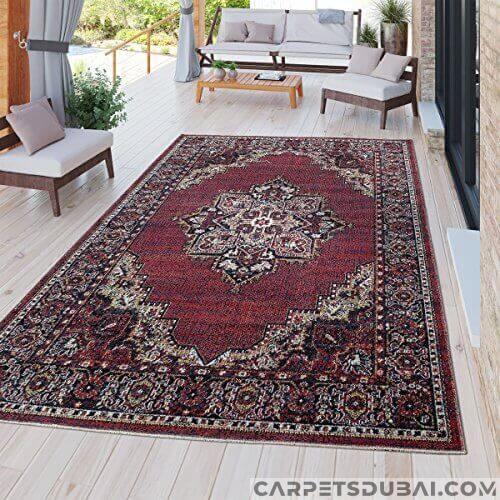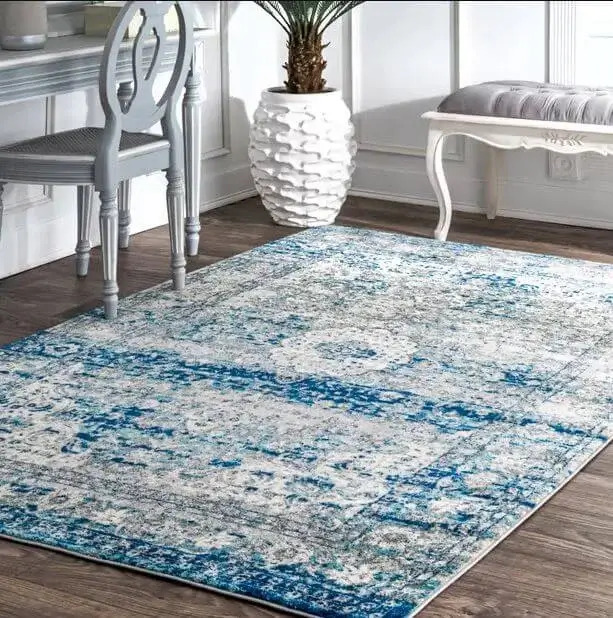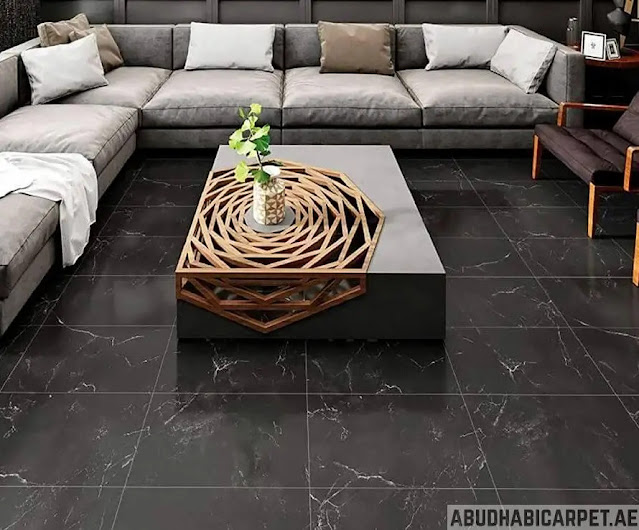The Timeless Elegance of Persian Rugs: Weaving Stories in Every Thread
Unveiling the Artistry and Rich History Woven into Persian Carpets
Persian rugs, with their intricate designs and vibrant colors, have long been synonymous with luxury, craftsmanship, and cultural heritage. As you step onto a Persian rug, you're not just walking on a floor covering; you're entering a realm of artistry, history, and tradition. In this blog post, we'll delve into the enchanting world of Persian rugs, exploring their timeless elegance, the secrets behind their creation, and the stories woven into every thread.
A Tapestry of Tradition
The art of weaving Persian rugs dates back thousands of years, with roots embedded in the ancient civilizations of Persia (modern-day Iran). Renowned for their exquisite craftsmanship, Persian rugs are often hand-knotted using techniques passed down through generations. Each rug tells a unique story, reflecting the cultural influences, artistic expressions, and regional variations of the weavers.
The Art of Persian Rug Weaving
Crafting a Persian rug is a labor-intensive process that requires skill, patience, and a deep appreciation for the craft. Talented artisans meticulously hand-knot each thread, creating intricate patterns and designs that vary from geometric shapes to floral motifs. The quality of a Persian rug is often measured by the number of knots per square inch, with higher knot counts indicating a finer and more detailed weave.
Colors That Speak Volumes
One of the defining features of Persian rugs is their rich and vibrant color palette. Traditional Persian rugs are known for using natural dyes derived from plants, minerals, and insects. This not only contributes to the rugs' longevity but also adds depth and richness to the colors that cannot be replicated by synthetic dyes. From deep reds and blues to earthy tones, each hue carries symbolic meaning, telling a visual story within the rug itself.
Regional Influences
Persian rugs are not a one-size-fits-all commodity; they are a diverse tapestry reflecting the unique characteristics of different regions. Cities like Tabriz, Isfahan, and Kashan are famous for their distinct weaving styles, patterns, and motifs. Tabriz rugs, for instance, often showcase elaborate floral designs, while Isfahan rugs are characterized by their intricate medallion patterns. Understanding the regional influences adds another layer of appreciation for these exquisite creations
Enduring Legacy
The enduring popularity of Persian rugs can be attributed to their timeless appeal and the meticulous craftsmanship involved in their creation. Passed down as family heirlooms, these rugs become cherished pieces that carry the stories of generations. Beyond their aesthetic value, Persian rugs serve as a tangible link to the rich cultural heritage of the region.
In a world where trends come and go, Persian rugs stand as a testament to the enduring allure of tradition, craftsmanship, and artistry. Each rug is not just a floor covering but a piece of history, a work of art that has been lovingly crafted by skilled hands. As we walk on these exquisite creations, we step into a world where every thread tells a story, and the beauty of the past is woven into the fabric of the present. Persian rugs are more than mere decorations; they are living expressions of a rich and timeless heritage.

.jpg)


Comments
Post a Comment